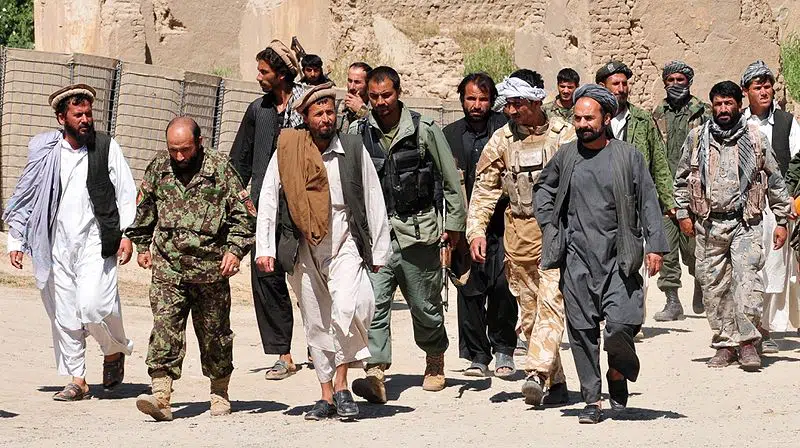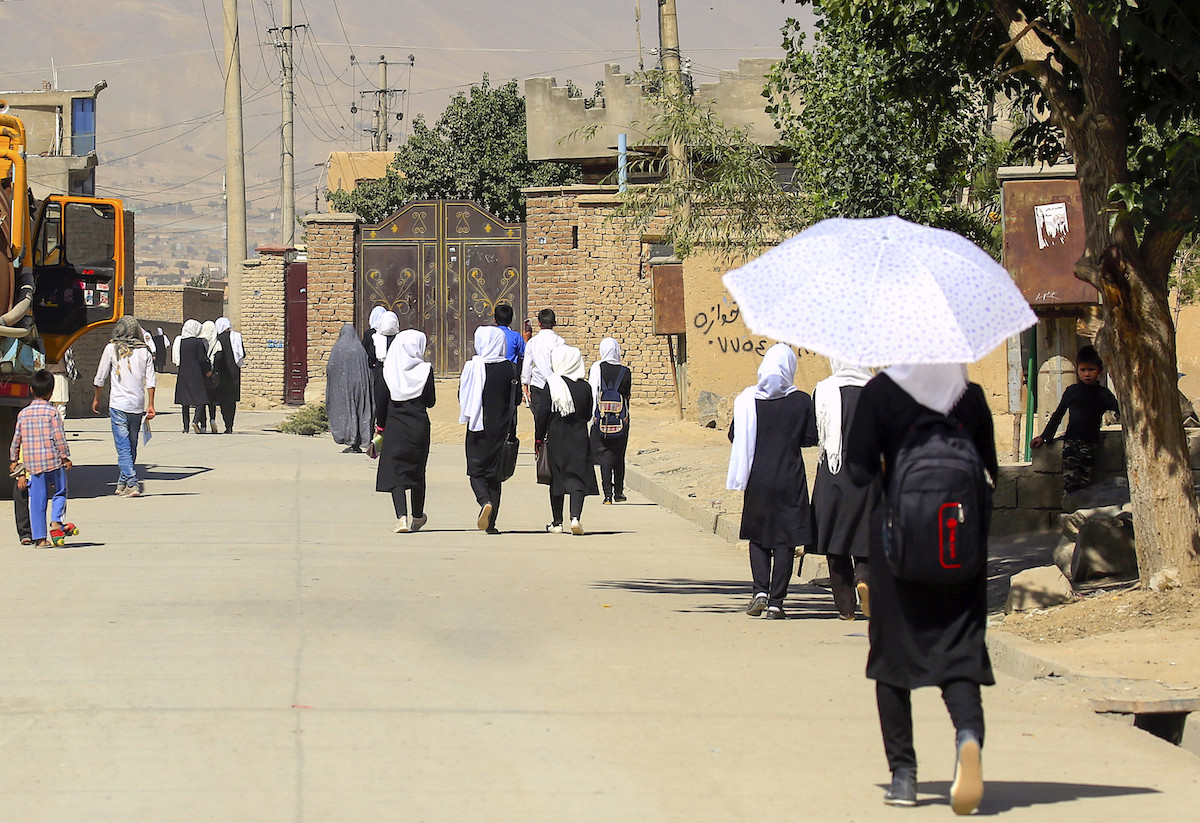
The Taliban is currently in control of 85% of Afghanistan. The military organization returned to power in the middle eastern country at a rate faster than the U.S. or any government had anticipated. But what exactly is the Taliban, what are its origins and its history in the region, and what could its rule in Afghanistan potentially mean for Afghans and the rest of the world?
The Taliban’s creation can be traced back to the early scenes of the Afghan-Soviet War. The Soviet Union invaded Afghanistan in 1979 in support of the People’s Democratic Party of Afghanistan (PDPA) which ruled the country at the time. The PDPA was a communist party that was widely unsupported in Afghanistan, leading to conflict between the state and the masses. The Soviet’s arrival was met with resistance by the Afghan mujahideen, a rebel group unified by anti-communist and Islamic beliefs. The mujahideen fought the Soviet Union for the duration of the 1980’s– and were even assisted by the U.S. government’s Central Intelligence Agency. The Soviets withdrew from Afghanistan by 1989.
The Taliban first rose to power in 1996
After the end of the Afghan-Soviet War, different Afghan tribal leaders began fighting amongst themselves for control of the nation. Afghanistan became fragmented across ethnic and tribal lines. The Taliban militia emerged from this civil war in 1994: its members had studied an extremely conservative version of Islam extensively and had previously fought as mujahideen. The Taliban rose to power for the first time in 1996– they saw the unrest and infighting across the country as an opportunity to instill their own vision of Sharia law, the religious law of Islam. This period was a brutal regime during which women were subjected to persistent human rights violations, denied employment and education, forced to wear the burqa and forbidden from leaving home without a male “guardian” or mahram.
The Taliban’s first rule from 1996-2001 ended after the September 11 attacks. 9/11 was not perpetrated by the Taliban– the attacks were planned and executed by the terrorist organization known as Al Qaeda. After the attacks, Al Qaeda’s leader Osama bin Laden fled to Afghanistan where the Taliban hid him. The Taliban refused to surrender bin Laden to the United States government and the U.S. responded by invading.

America ousted the Taliban from control in less than a year. Within three years a new constitution was created and Hamid Karzai, a politician from Kandahar, was elected president. The Taliban has been working to regain its footing and strengthen its presence in Afghanistan ever since it originally fell from power.
The Taliban has unified itself with its interpretation of Islam and its project “to return Afghanistan, as they see it, to a more pure Islamic society,” as Ashley Jackson, co-director of the Centre for the Study of Armed Groups Overseas Development Institute explained to Al Jazeera.
This motivation unifies the Taliban’s 85,000 fighters. The Taliban has strategically dominated the region by controlling the country’s complex system of highways and roads. Their presence has successfully consumed the entire nation.
The Taliban is also powerful from its substantial wealth. The military organization makes around $1.5 Billion a year, with 416 million dollars of its income coming from the harvesting of opium poppy seeds. The rest is split across minerals, exports, taxes, real estate, and foreign aid.
In April 2021, President Joe Biden announced he would be withdrawing U.S. troops from Afghanistan following a process initiated by former president Donald Trump. The U.S. andh its NATO allies began their initial withdrawal in May, and by mid-July the Taliban was quickly left with no formidable opposition.
In a matter of weeks the Taliban have taken over most major cities of Afghanistan. They recaptured Herat, the country’s third largest city after seizing 11 of the country’s 34 provincial capitals in the past week. They then entered Kabul, the capital of Afghanistan, and forced Afghan President Ashraf Ghani to step down and hand over power.
According to a 2019 poll, the Taliban is disliked by 85% percent of Afghanistan’s population. 40,000 Afghans have died at the hands of the Taliban.
Biden announced on Monday that the U.S. would not be pursuing any further military presence in the country after their troops and citizens have been successfully evacuated.
See all the latest news from Greece and the world at Greekreporter.com. Contact our newsroom to report an update or send your story, photos and videos. Follow GR on Google News and subscribe here to our daily email!



